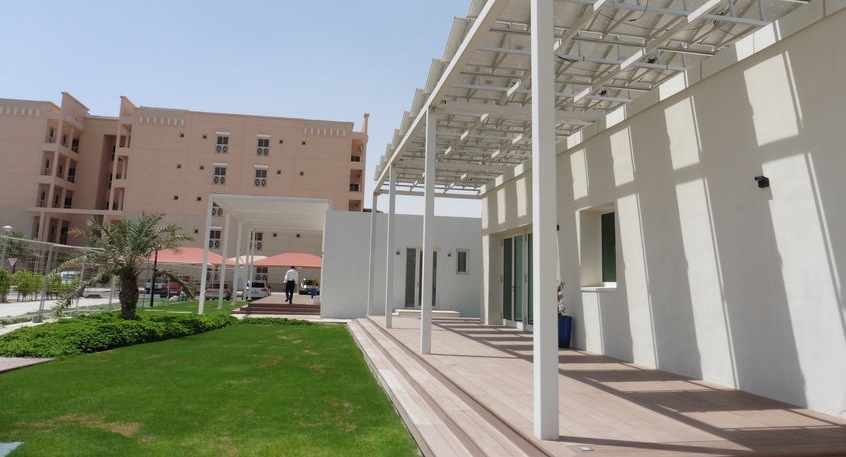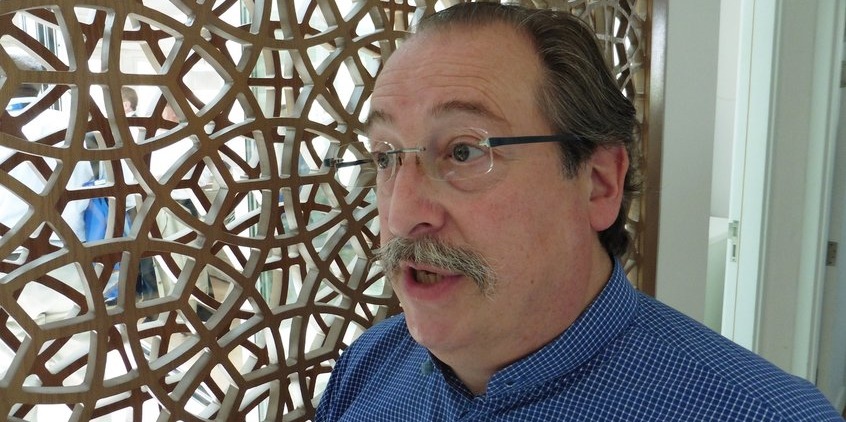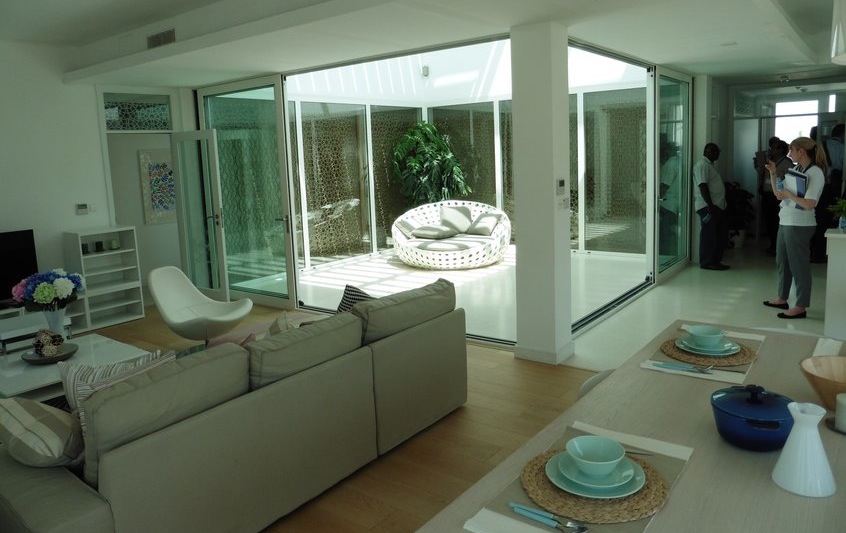In sun-scorched Qatar researchers have built two near-identical villas, a “normal” one and another that is super insulated and covered with a photovoltaic array, to try and quantify the carbon savings that can be achieved by “green” building approaches.
Ranked as the biggest carbon emitter per head of population in 2009, Qatar has no regulations concerning the energy performance of buildings, and yet is on the cusp of a massive building programme as it prepares for the 2022 World Cup and implements its “National Vision 2030”.
Look at a building and you see cracks everywhere– Dr. Alex Amato, Qatar Green Building Council
In conducting the experiment, the Qatar Green Building Council (QGBC) hopes to cut energy and water usage, and carbon emissions, by 50% and provide a blueprint for future residential development in the hot Gulf state.
Dr. Alexandre Amato, head of sustainability at QGBC, told Global Construction Review that the test could boost the case for green home construction in Qatar, which relies heavily on energy-intensive air conditioning, especially since it cost only around 16% extra to make one of the buildings super insulated and airtight.Â

The land for the two villas was supplied by state-linked developer Barwa in the new Barwa City development (Rod Sweet)
The eco-friendly villa was built in pursuit of European “Passivhaus” standards. In Qatar, which is a major producer of natural gas, energy and water is supplied at little or no cost to Qatari nationals. Amato said there is little recognition of the need for airtightness or insulation. “Look at a building and you see cracks everywhere,” he said.
The “green” villa has been insulated with a 370mm layer of extruded polystyrene. Its central atrium has been triple-glazed with UV-blocking glass, and a 34-kilowatt solar photovoltaic array covers the roof. In the basement a septic system from Canadian firm Bionest recycles waste water for drinking and irrigation.

Dr Alex Amato, head of sustainability at Qatar Green Building Council (Rod Sweet)
It aimed to meet the high, Passivhaus air permeability standard of 0.6 air-changes per hour (ac/h), or less, although Amato said it was now doing slightly less well, at 0.7ac/h. The other, “business-as-usual” villa, is built to standard specifications: walls comprising two layers of concrete blocks with a 50mm air-filled cavity in between.
The equipment for monitoring humidity, temperature and air flow is now being commissioned. The three-bedroom villas will be monitored uninhabited for a period and then a family with young children will move into each so researchers can see how the buildings perform when lived in.

Each villa will be monitored while unhinhabited, then with a young family living it (Rod Sweet)
The land for the two villas was supplied by state-linked developer Barwa in the new Barwa City development near Doha. Design, construction services and materials were supplied by QGBC members in Qatar.
Amato said he hoped the test, a first for Qatar, will demonstrate the applicability of the Passivhaus concept in the hot arid climate of Qatar and the GCC region, but doubted there would be a sudden adoption of mandatory building standards by the government.Â
“They have their own pace and will not be budged from that,” he said. “They take their time because they want to make sure they’re making the right decision for the country, which is fair enough.”
Comments
Comments are closed.







I would like to participate in this study